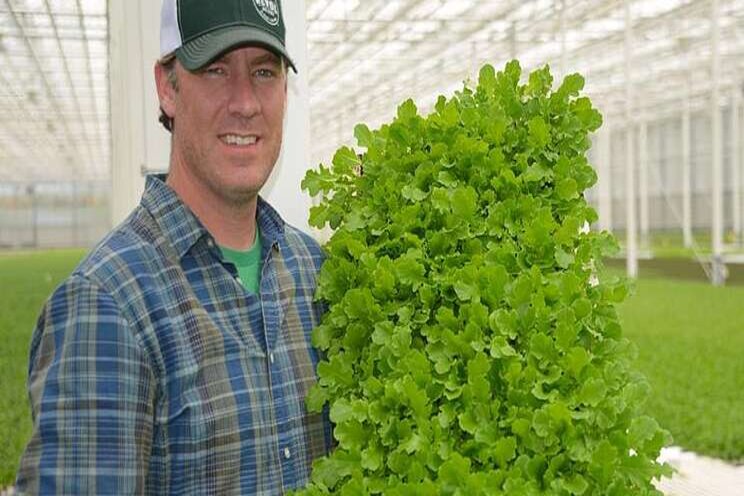Growing leafy greens in massive, sustainable greenhouses
Added on 25 February 2020

Case in point: Revol Greens. (Revol is short for "revolutionary", according to co-founder and sales manager Brendon Krieg). The two-and-a-half-year-old, 35-employee company, based in Medford, Minn, grows lettuce and other leafy greens in large, environmentally-controlled greenhouses relying on a hybrid hydroponic system, germinating seeds in soil on boards moving along on water circulating beneath the growing plants.
10 Million Pounds of Lettuce a Year
The company is in the process of building a 64-acre greenhouse in California, as well as expanding its first greenhouse in Minnesota from its original 2-1/2 acres to 10. Ultimately, the goal is to operate on a big enough scale that Revol can grow leafy greens in greenhouses in different areas of the country and sell them regionally, at a price tag that fits with regular consumers' budgets.
"We don't want this to be a niche category with an expensive product few can afford," says Krieg. "We want to compete with outdoor-grown products at similar prices or even lower."
Ninety percent of lettuce and leafy greens in the US come from Arizona and California and are shipped across the country in refrigerated trucks, according to Krieg. But California is facing a variety of serious climate change-caused environmental challenges—scarcity of fresh water, changing weather patterns and so on.
In the new 64-acre California greenhouse, Revol will use 16-acres, with first rights up to 32 acres, according to Krieg. That should produce about 10 million pounds of lettuce a year. The company's expansion of its first greenhouse should mean 400,000 square-feet of growing space, up from 100,000.
Source: Forbes
Photo Credit: Brendon Krieg MARCO DEBRUIN, Forbes
Source: Forbes
More news















